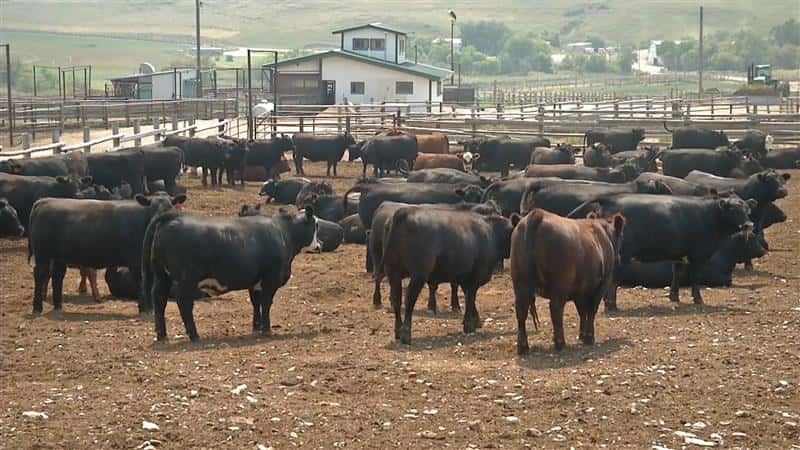EPA rejected petitions from environmental groups in August seeking more regulation of confined animal feeding operations. Now, those groups, along with agriculture interests, have taken the fight to a federal appeals court.
Environmental groups led by Food and Water Watch and the Center for Biological Diversity appealed EPA’s rejection of the 2017 petition to the U.S. Court of Appeals for the Ninth Circuit on Sept. 8.
Just last week agriculture groups, including the National Pork Producers Council, American Farm Bureau Federation, U.S. Poultry and Egg Association and United Egg Producers, filed a motion to intervene in the petition for review.
This past summer the agency announced the launch of a study of pollution generated by CAFOs after rejecting petitions from environmental groups from 2017 and 2022.
EPA said it would form a federal advisory committee to study CAFOs sometime in 2024. That process is expected to last 12 to 18 months.
The 2022 petition filed by numerous state-level clean water advocacy groups as well as Friends of the Earth, Earthjustice, Humane Society of the United States and others, asked the EPA to adopt a presumption that large CAFOs using wet manure management systems discharge pollutants.
The 2017 petition asked the EPA to change CAFO regulations to assume several things. That includes CAFOs with certain production-area characteristics do actually discharge; that regulations should assume CAFOs applying manure to land as fertilizer actually discharge; to revise EPA interpretation of the agricultural stormwater exemption to clarify that it does not include any CAFO-related discharges, among other requests.
Ag groups told the Ninth Circuit in their motion that producers have a vested interest in the outcome of the appeal.
“EPA denied the petitioners’ rulemaking petition in its entirety,” the groups said in the motion to intervene.
“Among other things, EPA refused to establish an evidentiary presumption that CAFOs with certain characteristics actually discharge, explaining that this request was hardly distinguishable from the approach EPA used in the 2008 rule.”
The 2008 EPA rule on CAFOs required facilities to “obtain permits if they are designed, constructed, operated and maintained such that a discharge will occur.”
That rule was vacated by the U.S. Court of Appeals for the Fifth Circuit.
“EPA underscored that ‘issuing a rule consistent with the petition’s request would be even more vulnerable to claims that EPA is exceeding its statutory authority than the 2008 rule,” the motion said.
“A ruling in petitioners’ favor would adversely affect the interests of the agricultural associations’ members by increasing the scope of permitting requirements applicable to CAFOs and increasing the stringency of CAFO permit terms.”
Back in April 2023, the EPA committed to answering the 2017 petition. In January 2023, the agency announced a plan to determine ways of strengthening the Clean Water Act in its effluent limitation guidelines in response to a 2021 lawsuit.
Another lawsuit filed in 2022 was stayed by the U.S. Court of Appeals for the Ninth Circuit. The environmental groups agreed to drop that lawsuit by Aug. 29, 2023, if EPA responded by Aug. 15, 2023.
There is a long history of unsuccessful petitions filed by environmental groups when it comes to CAFO regulations.
In 2003, EPA proposed a major revision to its CAFO regulations. Among other provisions, the rule required “all CAFO owners or operators to seek coverage under an NPDES (National Pollution Discharge Elimination System) permit,” unless they affirmatively demonstrate that they have “no potential to discharge.”
The U.S. Court of Appeals for the Second Circuit vacated that aspect of the 2003 rule, holding it unlawfully “imposes obligations on all CAFOs regardless of whether or not they have, in fact, added any pollutants to the navigable waters, i.e., discharged any pollutants.”
In 2008, EPA revised its regulations to try to require a permit for any CAFO with a “potential to discharge” and the revised rule called for a “case-by-case evaluation by the CAFO owner or operator as to whether the CAFO discharges or proposes to discharge from its production area or land application area.”
EPA’s requirement that discharging CAFOs or those that propose to discharge obtain a CAFO permit, was vacated in a challenge to the 2008 rule.
####
DTN – 2023


